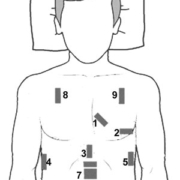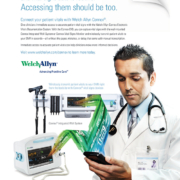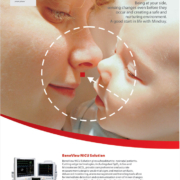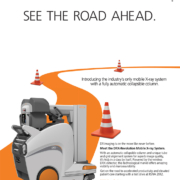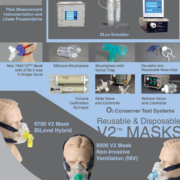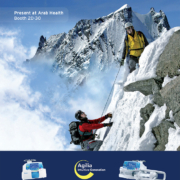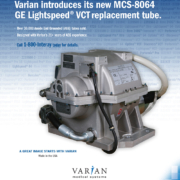Point of care ultrasound: Current uses and challenges
Point of care ultrasound has revolutionised the practice of medicine and spread to all specialties. It is no longer only a consultative procedure performed by radiologists. Emergency medicine physicians, intensivists, cardiologists, obstetricians, and others have used the technology to more efficiently diagnose and safely perform procedures for over 20 years now.
by Dr Matt Dawson and Dr Mike Mallin
It is now a required part of training for all emergency medicine residencies by Accreditation Council for Graduate Medical Education (ACGME) and is listed as a skill integral to the practice of emergency medicine in the American College of Emergency Physicians (ACEP) Model of Clinical Practice of Emergency Medicine [1,2]. It is used in life-saving procedures such as peri-cardiocentesis, and in more routine procedures such as vascular access, thoracentesis, and paracentesis to improve efficiency and decrease complications.
Rapid ultrasound in shock and hypotension
Perhaps even more important than the benefit of improved procedural accuracy and safety is the improved speed at which it allows physicians to diagnose life-threatening conditions. A great example of this is the Rapid Ultrasound in Shock and Hypotension exam. In this exam, a physician can quickly and efficiently diagnose time-sensitive, life-threatening diseases such as pneumothorax, pericardial tamponade, cardiogenic shock, hypovolemia, intra-abdominal bleeding, and aortic aneurysm or dissection [3]. These diseases

